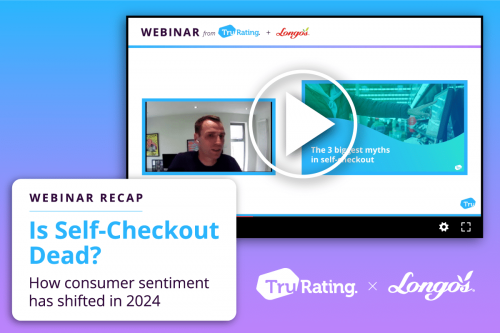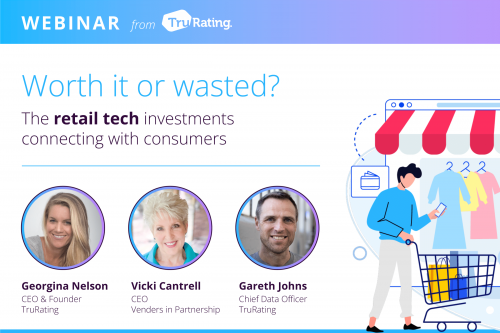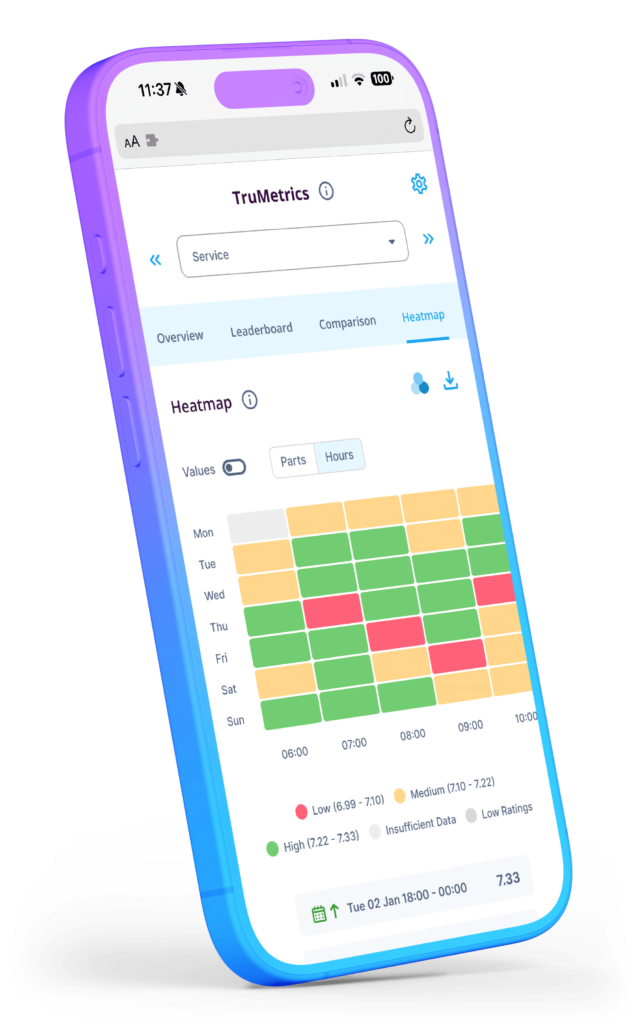This last point was obviously important as McKinsey went on to share their own market research gathered through a survey of 260 CX leaders. The main findings showed that while 93% of responders used a survey-based approach, only 15% were fully satisfied with this approach and only 6% were confident that the results could be used to inform strategic and tactical decision making.
Putting aside the alarming fact that this means there are at least 24 CX leaders out there who are fully satisfied that their data can’t be used to make any decisions – the main point from the research is that at least 85% of CX leaders are looking for a better approach to measure and improve the customer experience within their business.
Do we need a new measurement for CX?
While I wouldn’t argue with the fact that the current approaches to measuring customer experience are broken the article suggests that a better approach comes through completely abandoning asking customers for their opinions to understand and improve customer experience. Instead, it suggests the way forward is to focus solely on the use of customer behaviour data and personalisation.
McKinsey point to the fact that as customers we leave a long and rich trail of data – for example, each time we interact with websites, our smartphones or customer call centres and through the choices, we make about the products we purchase, where we purchase them and even (through IoT) how we make use of these products after purchase.
Their conclusion is that the path to better understand customers and improve customer experience comes from investing in better data and analytics capabilities to mine this data and to then embed predictive analytics into operational systems in order to personalise the experience at an individual level. But does this, beyond the cost resource and time implications of collecting and matching such vast quantities of data, actually make any more sense?
The McKinsey Solution – two key issues
The first issue with the McKinsey approach is only a small subset of companies actually have the kinds of data trails pre-supposed to work with. Good examples might include credit cards, airlines or frequent online or loyalty linked grocery trips. Here there is a wide and varied trail of consumer data to work with. But for the vast majority of businesses, we interact with – those we shop with once or twice a year – the data trail is much more limited. There is a real danger that businesses spend a lot of time, effort and money building a technical solution before they realise this is the case.
Even if a business does have enough data to truly understand customers at the individual level, the opportunities to create personalised individual experiences may still be very limited. Complaint handling and the optimisation of online web offers are two examples where there is a clear potential for personalisation but positioning customer-centricity and CX as only relevant to specific one-to-one interaction is a dangerous game.
In a rush to showcase clever (‘the future’s bright’) technologies, McKinsey miss the significant point that the customer should be put at the heart of every business decision a company makes, not just those instances where there’s a potential use-case for machine learning or AI.
The problem with historical survey methods
Not to take anything away from using customer behaviour data wherever it is available, I would still argue that using surveys to collect reliable, robust, specific and timely data about customer sentiment is both eminently possible and incredibly valuable. It just requires a different approach to the historic (and still commonplace) mindset around how to implement and use surveys.
McKinsey outlines four flaws about survey programs today:
1) They are limited and only gather responses from a small subset of customers
2) They are reactive and not fast enough for timely action
3) They are ambiguous and don’t get to the root cause of issues
4) They’re unfocused and provide no clear measurement for calculating ROI
All of which, if levelled against older programs, charges I’d agree with.
At TruRating – we’ve reinvented the way businesses deliver surveys to address each one of these issues. We only ever ask a single question, answered by a single button press. The simplicity of our approach (integrated at the moment of payment) means the vast majority respond, with 80% response rates and for large scale retailers, millions of pieces of feedback a week. Changing questions is quick and easy, allowing for specific and timely questions that deliver actionable insight in days rather than weeks or months.
Our retailers can ask about customer behaviours, the wider customer experience, but also about broader level perceptions (e.g. which of these words best describes our brand?) or on future-focus needs and wants. By linking every rating to a validated payment and transaction, we not only ensure our response is authentic, but can analyse against the customer behaviour variables McKinsey highlight, whilst also highlighting the link between CX and revenue, conversion, average basket size, category performance and repeat visits.
Not bad for a survey.
Don’t get rid of surveys – do them better
As you might have guessed, my view is that businesses should not completely disregard customer surveys in favour of customer behaviour data alone, but rather look at how they can be used effectively together.
By relying on historical data alone, you run the risk of only being able to exploit small and specific personalisation opportunities. To truly put the customer at the heart of every decision around customer experience, you need to hear from the majority of your customers – not just once or twice a quarter – but every single day.














